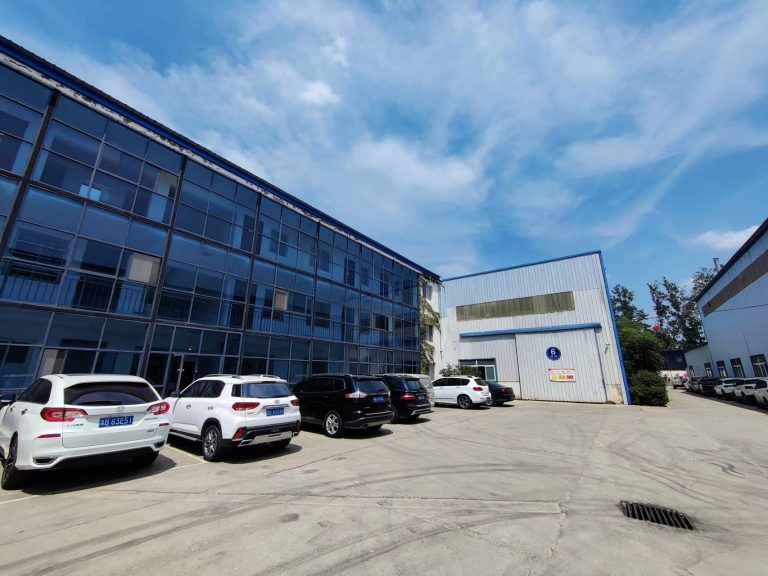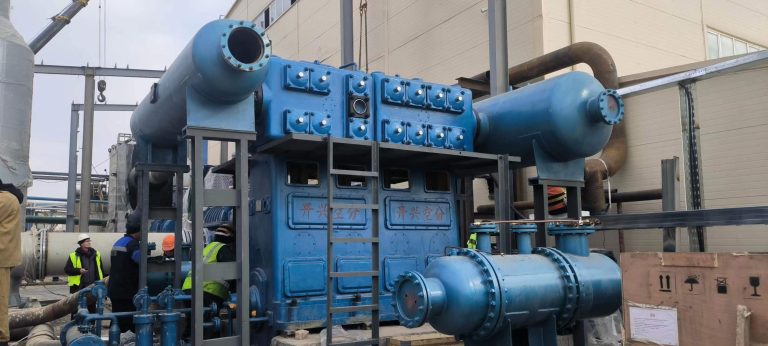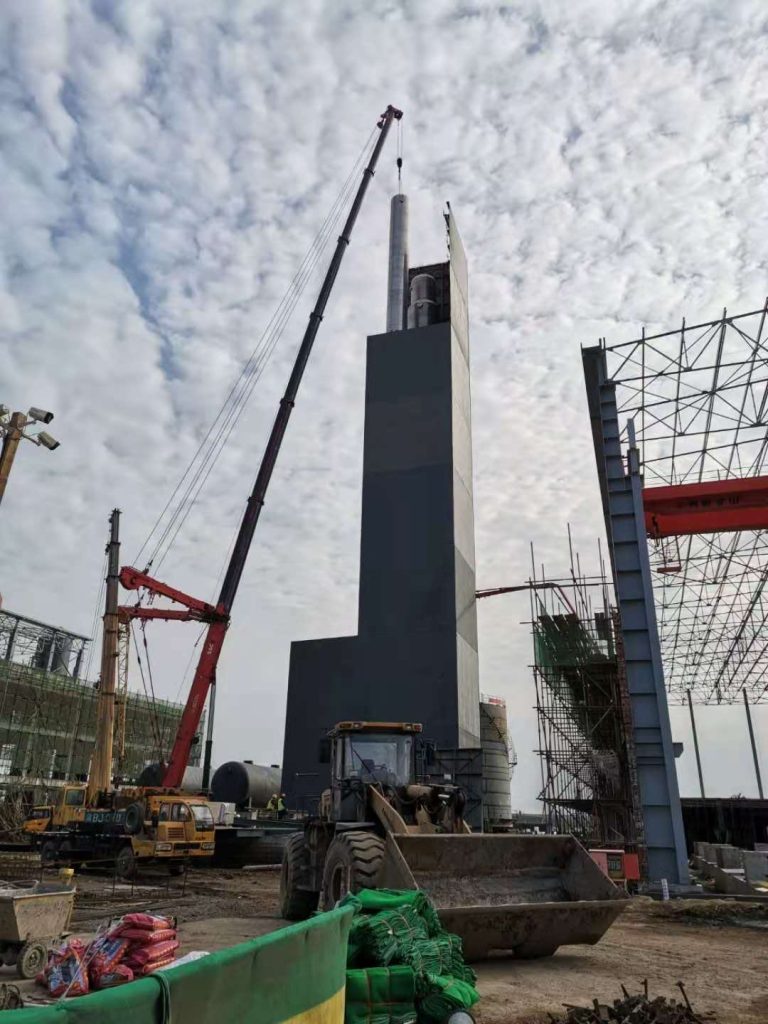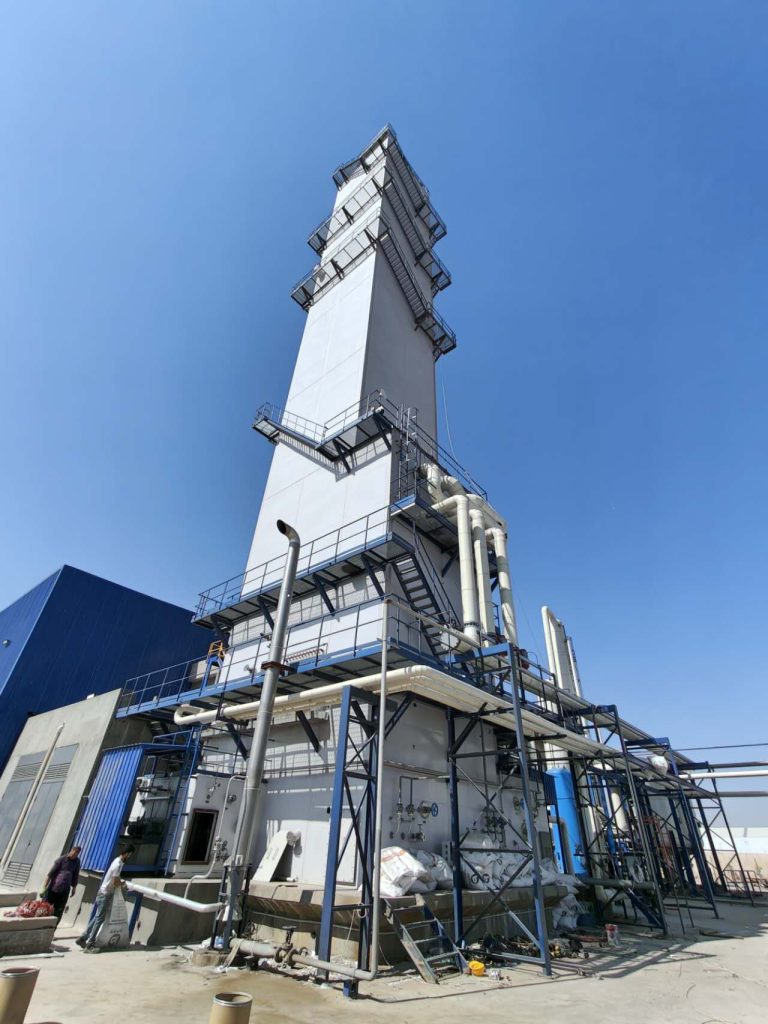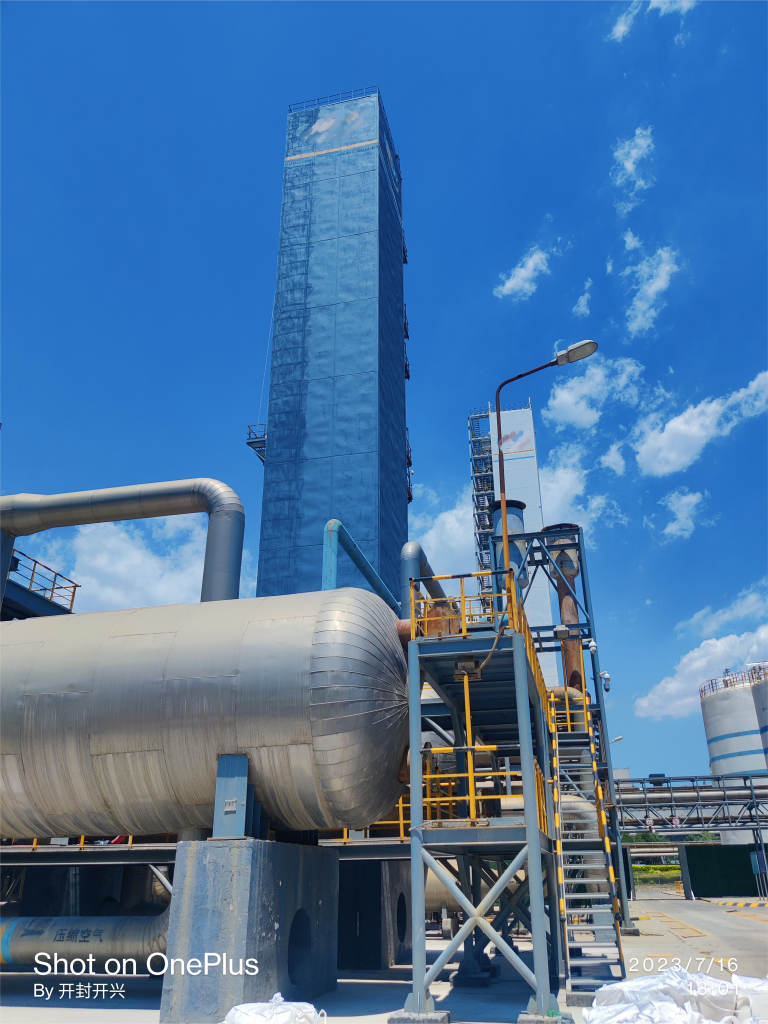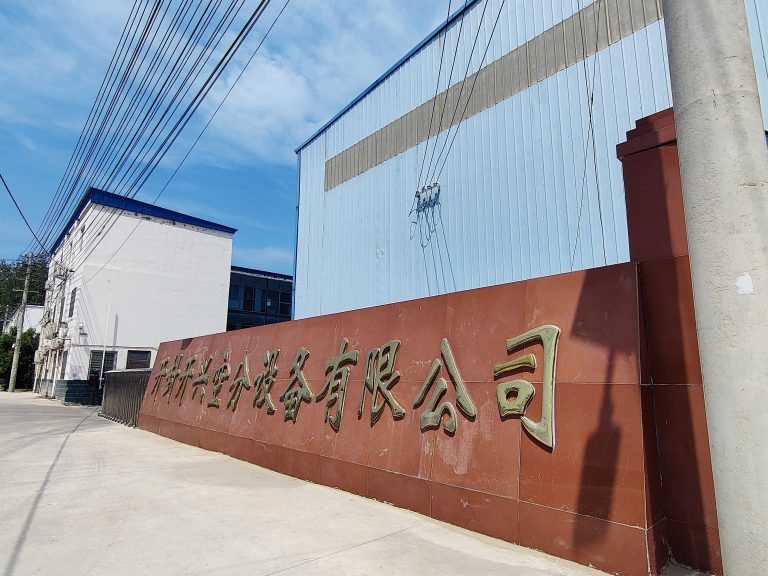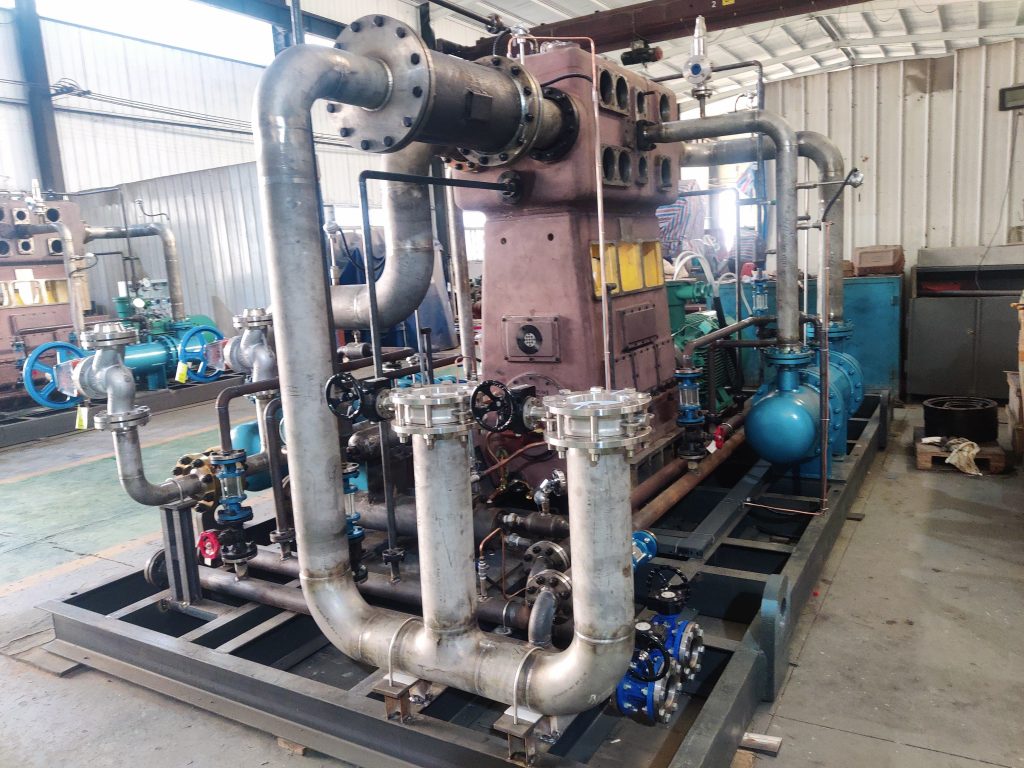
Cryogenic air separation device in addition to the purification product pressure 圊 system, the core part can be divided into two large pieces, one of which is refrigeration, including the compressor heat exchanger and expansion machine, the other is air distillation separation, including the compressor heat exchanger distillation tower. Of course, the refrigeration part and the air rectification part of the cryogenic air separation device are completely combined together. Since there is no condition in the earth environment that can liquefy air, the realization of air liquefaction through refrigeration has become a prerequisite for cryogenic air separation. There are two kinds of refrigeration methods in thermodynamics, one is the heat pump method, the so-called heat pump is the use of the second law of thermodynamics, that is, through the input work to make the heat from the lower than the ambient temperature of the object to the higher temperature of the environment output, so that the temperature of the object is lower and lower, air conditioning is the use of heat pump in daily life examples, heat pump in the deep cold air distillation separation also has extremely important application. This is still unknown to the cryogenic air separation technology community, and I will discuss this point in detail when air distillation separation. Another method of refrigeration is the so-called expansion method, which is the application of the first law of thermodynamics, specifically the use of isothermal enthalpy difference to achieve cooling. The so-called isothermal enthalpy difference is actually the higher the air pressure at the same temperature, the lower the cooking value, such as pressurizing our air to a very high pressure, and then cooling to the ambient temperature, then the pressure air adiabatic expansion regardless of whether it does work externally, the expanded air temperature will drop below the ambient temperature, thus achieving refrigeration. Of course, the decrease in air temperature after adiabatic expansion is limited, and can not achieve air liquefaction at one time, but you can use the low-temperature air after expansion and pressure air through the heat exchanger for heat exchange, so that after several cycles, the expanded air is lower than the boiling point of the pressure air, to achieve air liquefaction!

